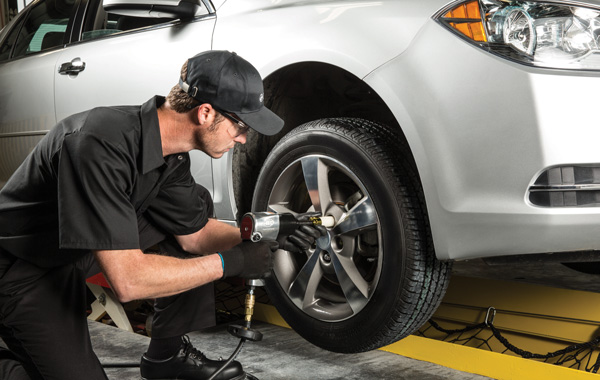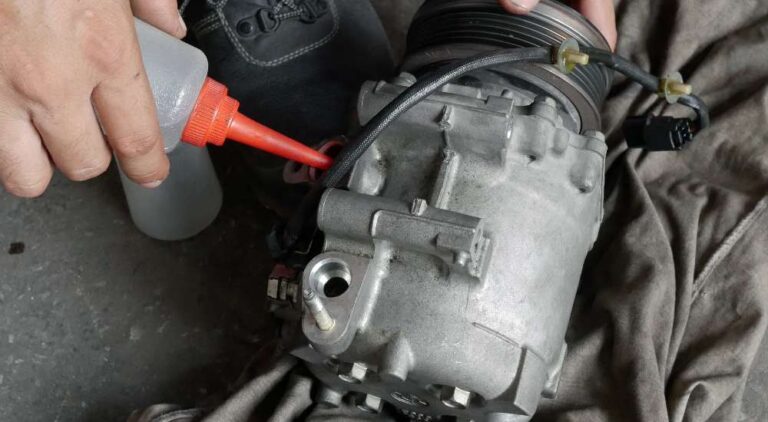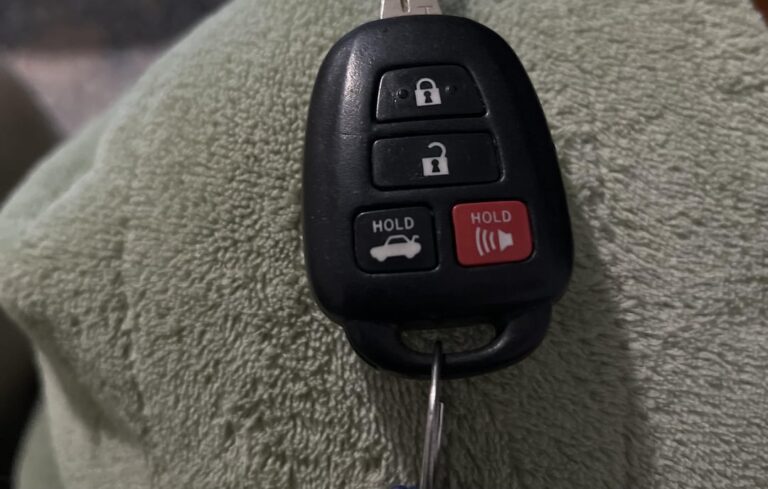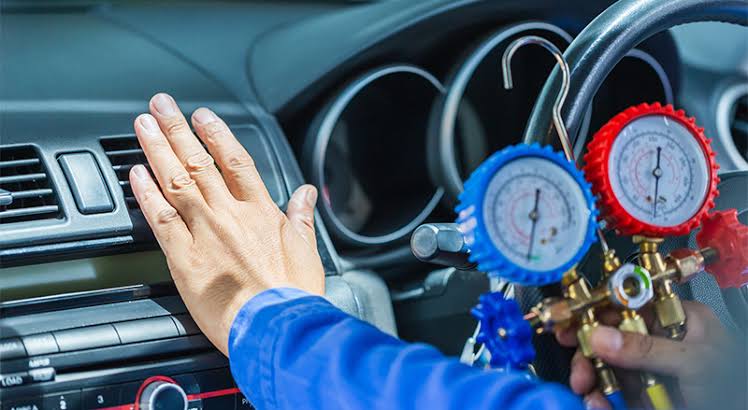Does Battery Group Size Matter?

When replacing a car battery, you might wonder if the group size is important. The answer is a resounding yes—battery group size matters significantly. The group size refers to the dimensions, terminal locations, and type of battery suitable for your vehicle. Choosing the wrong battery group size can lead to compatibility issues, poor performance, and potential damage to your car’s electrical system.
In this article, we’ll dive into why battery group size matters, how to identify the correct group size for your vehicle, and the potential consequences of using an incorrect size.
What Is a Battery Group Size?
The battery group size is a standard defined by the Battery Council International (BCI) to classify car batteries based on three primary factors:
- Physical Dimensions
- The length, width, and height of the battery.
- Ensures it fits securely in your vehicle’s battery tray.
- Terminal Placement
- The position of the positive (+) and negative (-) terminals.
- Proper terminal placement is crucial for cable connection and avoiding short circuits.
- Power Compatibility
- Each group size is designed to meet specific power needs, such as Cold Cranking Amps (CCA) and Reserve Capacity (RC).
Why Does Battery Group Size Matter?
1. Proper Fit in the Battery Tray
Each car has a specific battery tray designed to hold a certain group size. Using a battery that is too small or too large may cause:
- Loose fittings, leading to vibrations that can damage the battery.
- Physical damage to surrounding components due to improper placement.
2. Correct Terminal Alignment
Terminal placement varies between group sizes. The wrong group size may lead to:
- Cables that are too short to connect to the terminals.
- Risk of accidental short circuits if the terminals are placed incorrectly.
3. Power Requirements
Every vehicle has specific electrical demands. A battery with insufficient CCA or RC may fail to start the car or power accessories, especially in extreme temperatures.
4. Safety and Longevity
A mismatched group size can overwork your car’s electrical system, reducing the battery’s lifespan and potentially damaging the alternator or starter.
How to Determine the Right Battery Group Size
1. Check the Owner’s Manual
Your car’s owner’s manual lists the recommended battery group size for your specific make and model.
2. Look at Your Current Battery
The group size is usually printed on the label of the existing battery. Ensure you match this size when replacing it.
3. Consult Online Tools or Retailers
Retailers like AutoZone, Advance Auto Parts, and O’Reilly Auto Parts provide battery lookup tools to help you find the correct group size for your car.
4. Ask a Professional
If you’re unsure, a mechanic or automotive specialist can confirm the correct battery group size for your vehicle.
What Happens If You Use the Wrong Battery Group Size?
1. Starting Issues
A battery with insufficient power (low CCA) may struggle to start your vehicle, particularly in cold weather.
2. Electrical System Strain
Using a battery with excessive power may overload your car’s alternator or other components, causing long-term damage.
3. Shortened Battery Life
A poorly fitted battery may vibrate excessively, leading to premature wear and failure.
4. Potential Safety Hazards
Incorrectly placed terminals can result in short circuits, which may damage your car’s electrical system or even cause a fire.
Common Battery Group Sizes
Here are some common battery group sizes and their typical applications:
- Group 24/24F: Used in midsize and full-size cars.
- Group 35: Common in compact cars, SUVs, and light trucks.
- Group 48 (H6): Found in European and domestic vehicles.
- Group 65: Designed for larger trucks and SUVs.
Always confirm the correct group size for your specific vehicle before making a purchase.
Tips for Choosing the Right Battery
- Match the Group Size
Always choose a battery with the correct group size for your vehicle. - Consider Your Climate
In colder regions, select a battery with higher CCA to ensure reliable starting in low temperatures. - Stick to Reputable Brands
Opt for well-known battery manufacturers to ensure quality and durability. - Check the Warranty
Look for batteries with a good warranty period for added peace of mind. - Perform Regular Maintenance
Ensure the battery terminals are clean and secure, and the battery is firmly mounted in the tray.
FAQs
1. Can I use a battery with a different group size?
It’s not recommended. Using a battery with the wrong group size can lead to compatibility issues, electrical problems, and safety risks.
2. How do I know my car’s battery group size?
Check your owner’s manual, the label on your current battery, or consult a professional.
3. What happens if the battery doesn’t fit securely?
A loose battery may vibrate excessively, leading to damage to the battery and surrounding components.
4. How often should I replace my car battery?
Car batteries typically last 3–5 years, depending on usage and environmental conditions.
Conclusion
Battery group size is a critical factor when replacing your car battery. The right size ensures proper fit, electrical compatibility, and reliable performance. Using the wrong group size can lead to starting problems, system strain, and potential safety hazards. Always consult your owner’s manual or a professional to confirm the correct group size for your vehicle. By choosing the right battery, you’ll ensure optimal performance and longevity for your car.
Also Check:
• Does the Size of a Car Battery Matter?






2 Comments